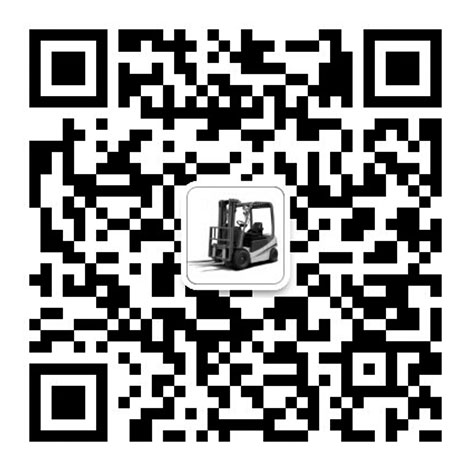Exploring the Intricacies of Dock Leveler Pit Details in Warehouse Operations
In the intricate dance of warehousing logistics, dock leveler pits stand as vital infrastructure components that facilitate the seamless transition of goods between warehouse floors and transportation vehicles. These pits, also known as dock wells or dock depressions, house dock levelers—mechanical devices designed to bridge the height difference between a fixed loading dock and the varying heights of trucks and trailers. The details of a dock leveler pit are crucial for ensuring efficient, safe, and smooth operations within a warehouse environment.
At its core, a dock leveler pit is a strategically engineered excavation within the warehouse floor. Its dimensions are meticulously planned to accommodate the size and specifications of the dock leveler, ensuring a snug fit that prevents any movement or instability. Typically, these pits are lined with reinforced concrete or steel to provide the necessary structural support and durability, capable of enduring the daily wear and tear associated with heavy loads and frequent use.
One of the key details in dock leveler pits is the precise alignment of the pit with the warehouse door and the vehicle's parking position. This alignment is critical for ensuring that the dock leveler can extend and retract smoothly, aligning perfectly with the truck bed. Misalignment can lead to operational difficulties, increased wear on the dock leveler, and potential safety hazards.
Another vital aspect of dock leveler pits is their drainage system. Since these pits are prone to collecting water, debris, and other contaminants, they must be equipped with effective drainage solutions. Proper drainage helps to prevent the accumulation of moisture, which can lead to corrosion, mold growth, and slipping hazards. Typically, dock leveler pits incorporate drainage channels and sumps that direct water and debris to a designated drainage system, keeping the pit area dry and clean.
Safety measures are also an integral part of dock leveler pit details. To prevent accidental falls or injuries, the pits are often surrounded by safety barriers or railings. These barriers serve as visual and physical reminders to warehouse personnel to stay clear of the pit area when not actively engaged in loading or unloading activities. Additionally, dock leveler pits may incorporate warning lights or sensors that activate when the dock leveler is in motion, alerting personnel to potential hazards.
Dock leveler pits also incorporate various accessories and features to enhance their functionality. For instance, some pits are equipped with lighting systems to illuminate the pit area, making it easier for personnel to work in low-light conditions. Others may have integrated safety mats or switches that detect the presence of personnel or objects in the pit, automatically stopping the dock leveler's movement to prevent accidents.
Regular maintenance and inspections of dock leveler pits are essential to ensure their continued safe and efficient operation. Warehouse managers should regularly check for signs of wear, damage, or debris accumulation and take corrective actions promptly. By paying attention to these details, warehouse operators can optimize their dock leveler pits for maximum efficiency, safety, and reliability.
In conclusion, dock leveler pits are integral components of warehouse operations, offering a foundation for dock levelers to perform their critical functions. By focusing on the intricate details of pit design, alignment, drainage, safety measures, and accessories, warehouse managers can create a safer, more efficient, and more productive work environment.


